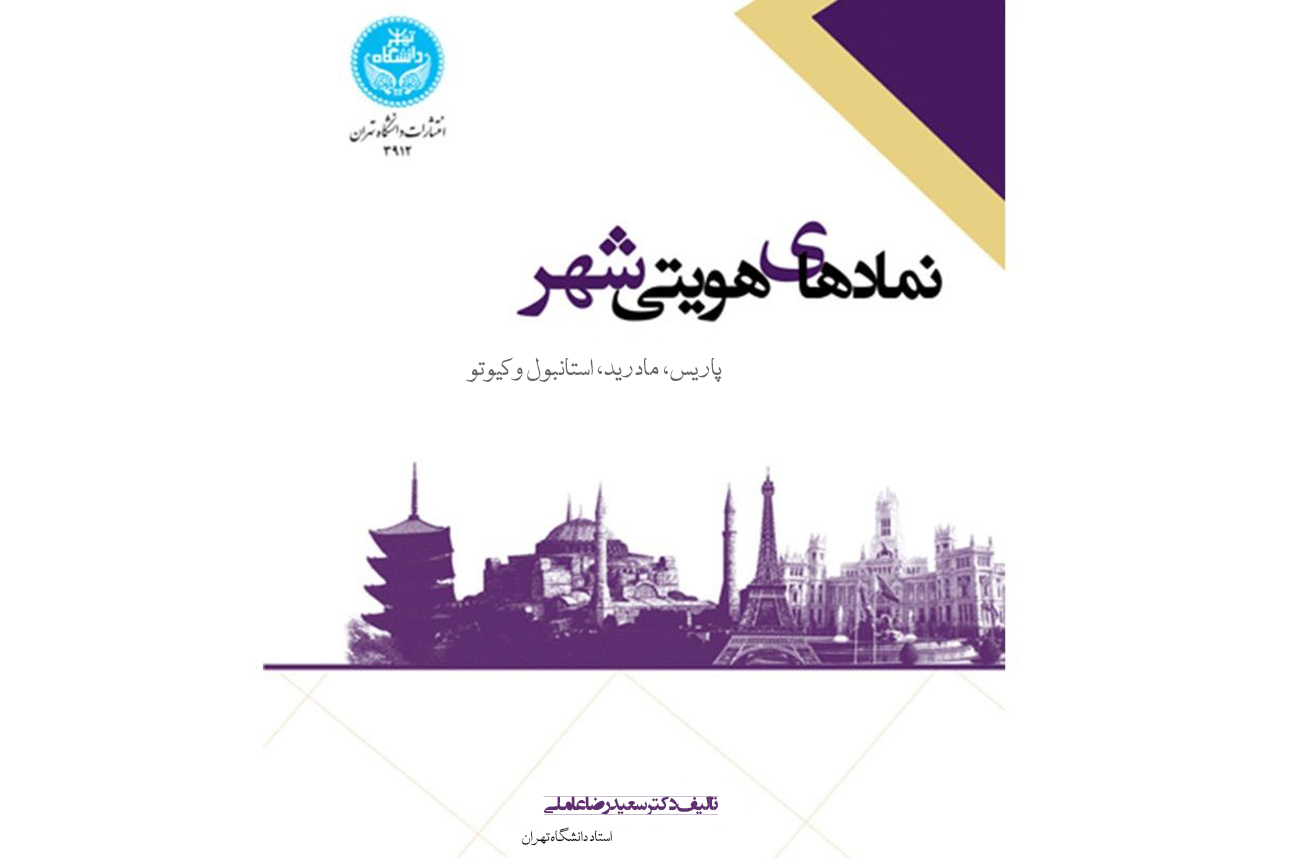Submitted by ali khiabanian
Book: Urban Identity Symbols
Iran Architecture News - Aug 08, 2018 - 09:16 13348 views

Author: Saied Reza Ameli
Publisher: University of Tehran
Pages: 578
In the book entitled "Urban Identity Symbols", Paris, Madrid, Istanbul, and Kyoto, the experience of the four major cities of the world is considered to be the prominence of these four cities in preserving the legacy of civilization and identity and sustained strength, even as it merges with the elements of a new urban identity. The city of Paris represents the Christian civilization and at the same time symbolizes the distinctive accumulation of the old and new city of Paris. The city of Madrid is also a reflection of Christian civilization, and it also has the advantage that, in terms of Islamic civilization experience in a period of its history, it represents the fusion of the two Islamic and Christian civilizations. The city of Kyoto represents the Confucian civilization and its unique identity, which is the symbol and cultural capital of Japan. Eventually, the city of Istanbul, as the city of a thousand mosques and a city that is the site of the crossroads of two major continents of the world, namely Asia and Europe, and in some way, it is the symbol of the identity of the two civilizations. Accordingly, in this book, four of these cities are regarded as examples of cities rich in historical and cultural backgrounds and have been successful in maintaining their identities throughout their existence.
The book addresses the experiences that can be considered to improve domestic performance, provide strategies for helping to plan for multiple identities, and foster the integration of fragmented cities into a coherent and lasting identity. In fact, based on a comparative study of the capacities of identity cities, it is not only useful, but also necessary to improve the urban and architectural strategy based on identity elements. Furthermore, given the internationally accessible developments and experiences, to conduct research and address urban plans, making policies and action plans for other metropolises involved with numerous issues concerning urban design and management, and to study the paths they have taken to preserve urban identity will be helpful to assess domestic plans.
> via University of Tehran
